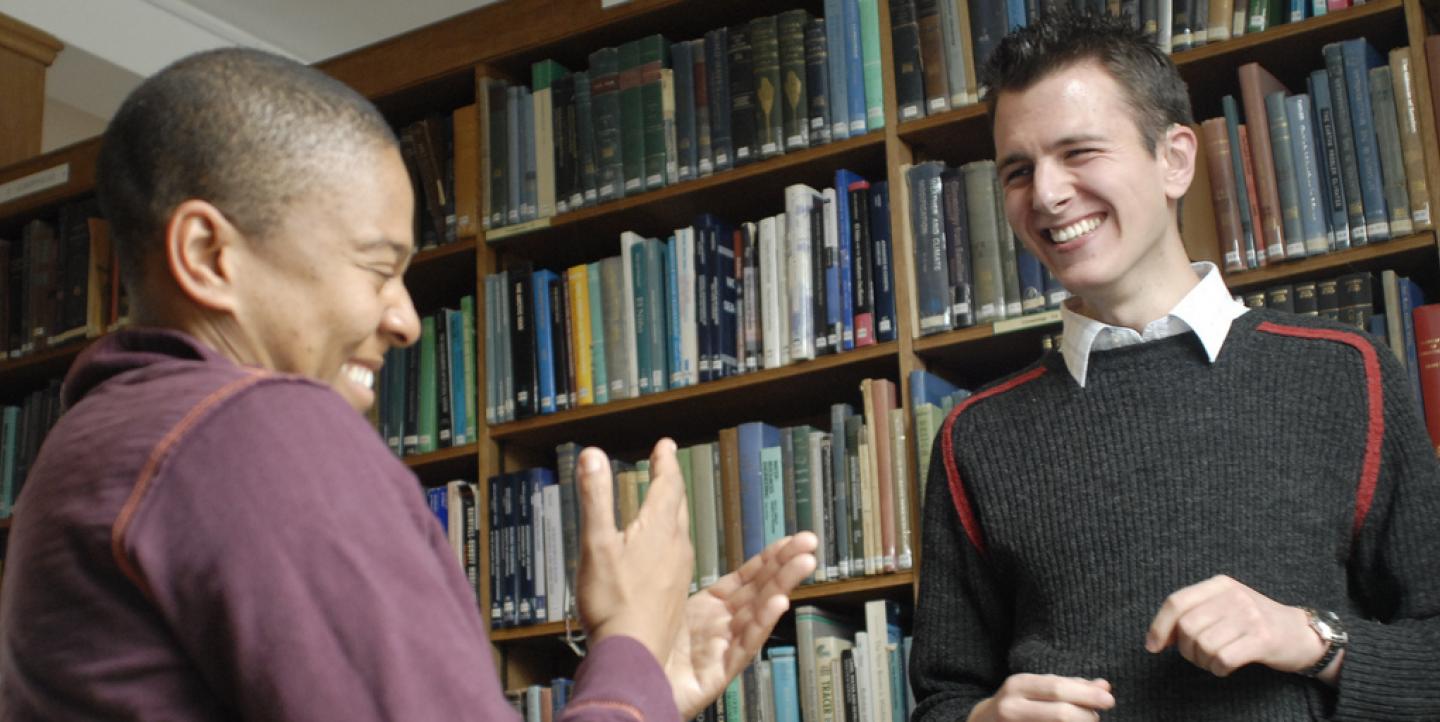Long gone are the days when, to keep up with what was happening in the world, we had to walk down the newsstand or wait for the daily radio or TV bulletin. With the internet — and social media, apps, newsletters and more — we often get the impression that the news is available to anyone, anywhere, anytime, in any possible format.
Not if you’re living with a disability.
The way websites, apps and other digital services are designed — and a lack of education about how they should be designed — still represents an obstacle, according to Geoff Freed, director of technology projects and web media standards at the Carl and Ruth Shapiro Family National Center for Accessible Media (NCAM). “Despite accessible design having come a long way from where it was five or ten years ago,” he says,” [the] number of accessible news sites or online materials is still rather small, compared the number of online materials in general.”
There are a lot of tags and technologies available to help people with disabilities find their way around websites, but authors do not always know them. So, users might land on a page they are unable to navigate.
“A lot of news websites these days [have advertisements],” says Mohammed Salim Patel, a BBC journalist who is also blind. With the aid of a screen-reader, following a story can become difficult because the ads pollute the narrative text and visuals.
“There are many websites that I want to just read something on [but] I just close,” he explains. “I just want to read the story and I can’t get it here, so I can click away.”
In the last few years, there have been thousands of lawsuits and complaints filed in the U.S. alone, against organizations whose websites and apps were inaccessible to people with disabilities, NCAM’s Freed explains. "News organizations have taken note of that," he says. “Not all of them have been sued, but a lot of them are looking around and seeing that they could be sued, and that's a big motivation for making their materials accessible.”
What are some practical solutions that digital media creators and journalists could implement in their practice? We asked these two experts and put together a list.
Learn how to make people find things
This may sound obvious, but before being able to take action, you’ll need to do your homework. The Web Accessibility Initiative (WAI) is the place where to start, says Freed. “[It] is responsible for an enormous set of guidelines, called the Web Content Accessibility Guidelines, [that] are the foundation for all — and I mean all — accessibility policies, practices and laws around the planet,” he explains.
Its enormous library and an invaluable educational material for designers and authors. Focus especially on learning how to build well-organized websites on which audiences with disabilities can find things. Freed says, “One of the most important things to bear in mind, is that people have to be able to find stuff. In order to find stuff, developers and authors need to create materials that are easy to navigate, [even] for people who can't see and hear or who have mobility impairments.”
Work with journalists with disabilities
Accessibility and inclusivity cannot be an afterthought for media companies. The industry needs more disabled journalists to implement change. “When I’m reporting, for example, I’ll try and make use of audio as much as I can or try and describe everything that is describable,” says Patel. “If we could have more disabled journalists doing the job, then things will automatically change, and also their colleagues’ mindset would [also] change.”
Without diversity in the newsroom and out in the field, some questions will never be raised or some feedback will never be given because it hasn’t been sought out.
If you’re an independent journalist that is not in a position to hire, consider consulting with individuals or charities.
Rethink access to multimedia assets
Sometimes, it’s the little things like saying the name of an interviewee on video, instead of just having it written, Patel says, or providing captions or a transcript of the audio. The main goal is to think ahead about how everyone — including people who can’t see or hear, for example — may be able to understand and experience the full story.
“If you're using a lot of pictures, then [you] need to provide descriptions of the pictures so that somebody who cannot see the screen, but is using software that effectively reads the screen aloud, can get access to the information,” Freed advises.
He adds a simple but effective trick: “[Pretend that] you're reading the story to me on the telephone, and I can't see the story. Am I going to miss out on something, if you don't tell me what's in the picture?” he asks. If that's true, then you need to provide a description.
Main image CC-licensed by Flickr via Cambridge University, Sir Cam.


